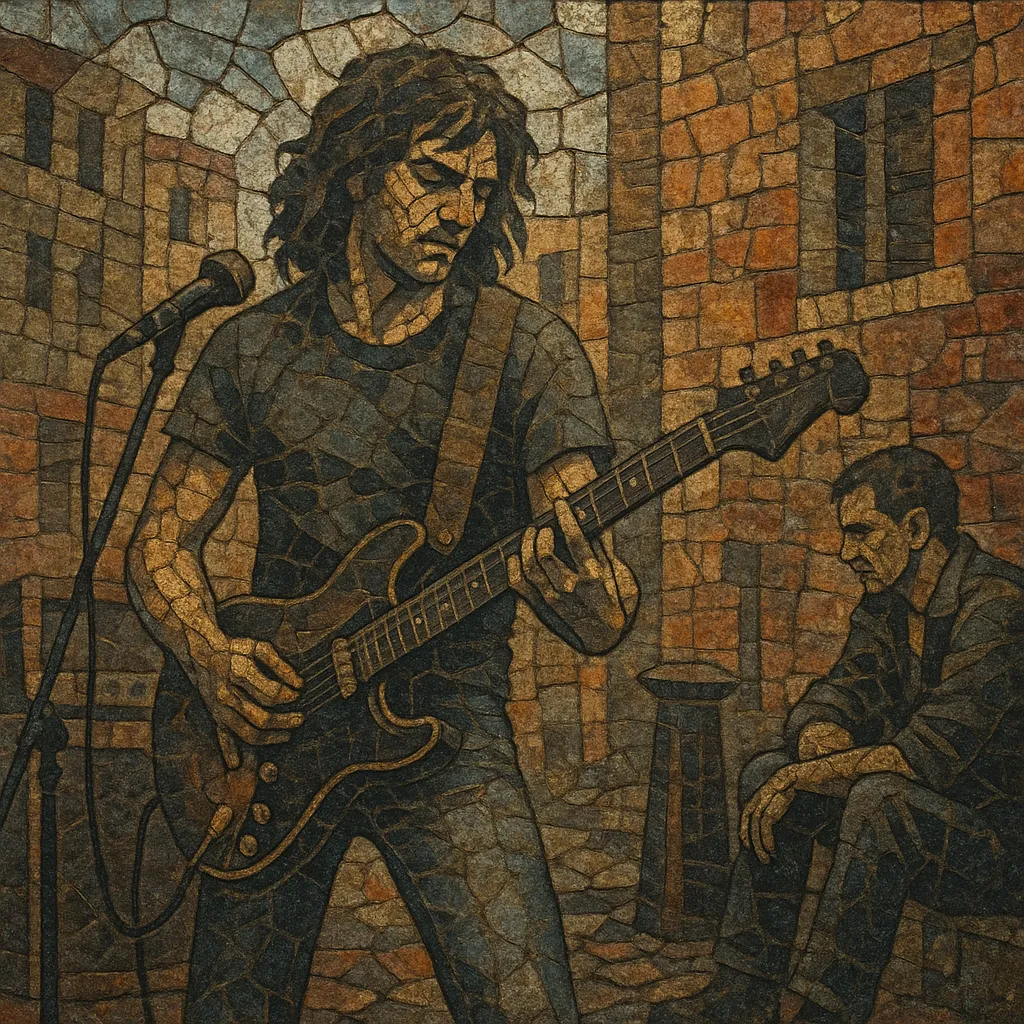Rock urbano español is a gritty, working‑class strain of Spanish rock that emerged in the late 1970s during Spain’s democratic Transition. It blends hard rock and blues‑rock riffing with street‑level storytelling, sung in colloquial Spanish and steeped in the everyday life of barrios, bars, and workshops.
Characterized by overdriven guitars, mid‑tempo grooves, and chant‑ready choruses, it stands apart from the brighter new‑wave tones of La Movida. The tone is raw, unvarnished, and direct—often melancholic and combative—addressing labor, disillusionment, friendship, and survival with a tough, no‑nonsense delivery.
While rooted in Madrid, the style spread across Spain, shaping scenes in Navarra, Galicia, Extremadura, and the Basque Country, and became a foundational reference for later Spanish rock bands.
Rock urbano español crystallized in Madrid’s working‑class neighborhoods at the end of the Franco era and the beginning of the democratic Transition. Bands like Leño (with Rosendo Mercado), Burning, Asfalto, and Topo forged a Spanish‑language hard/blues‑rock that rejected gloss in favor of realism. Their songs portrayed street life, factory shifts, cheap bars, and cramped flats—everyday images delivered with a grainy, guitar‑driven sound.
The 1980s saw the sound spread beyond Madrid. Barricada (Navarra) and Los Suaves (Galicia) toughened the formula with heavier riffs and anthemic choruses, while Ñu carried a hard‑prog edge that remained lyrically urban. Although it coexisted with La Movida Madrileña, urbano defined itself against that movement’s art‑pop and new‑wave sheen, holding to a blue‑collar ethos.
In the 1990s, the legacy carried forward through Rosendo’s solo career, Extremoduro’s rough‑poetic rock (often dubbed “transgresivo”), and Platero y Tú’s classic hard‑rock swing. These groups broadened urbano’s audience while preserving its core: raw sound, direct lyrics, and crowd‑singable refrains. The style’s DNA also resonated with neighboring scenes, intersecting with the Basque’s rougher currents and informing Spanish hard rock more broadly.
By the 2000s, urbano had become a touchstone for successive Spanish rock generations. Its songs—grounded in riffs and lived experience—remain staples in Spanish rock repertoires. The genre endures as a symbol of street‑level authenticity and musical simplicity harnessed to powerful, communal choruses.


